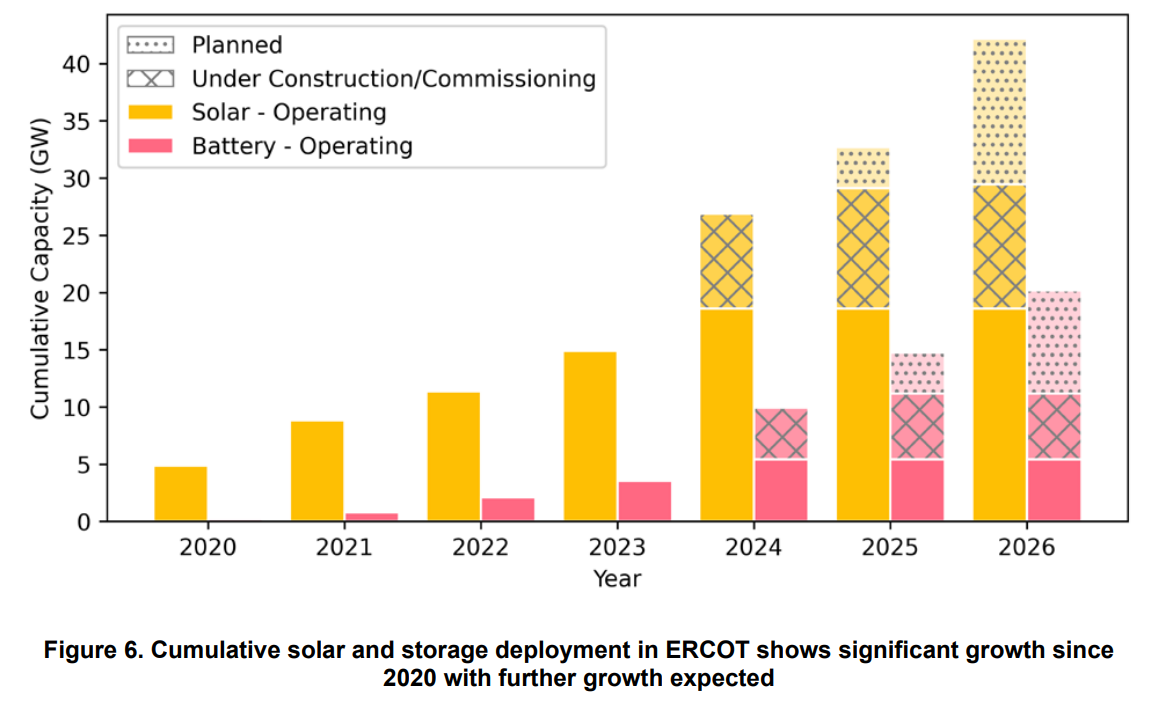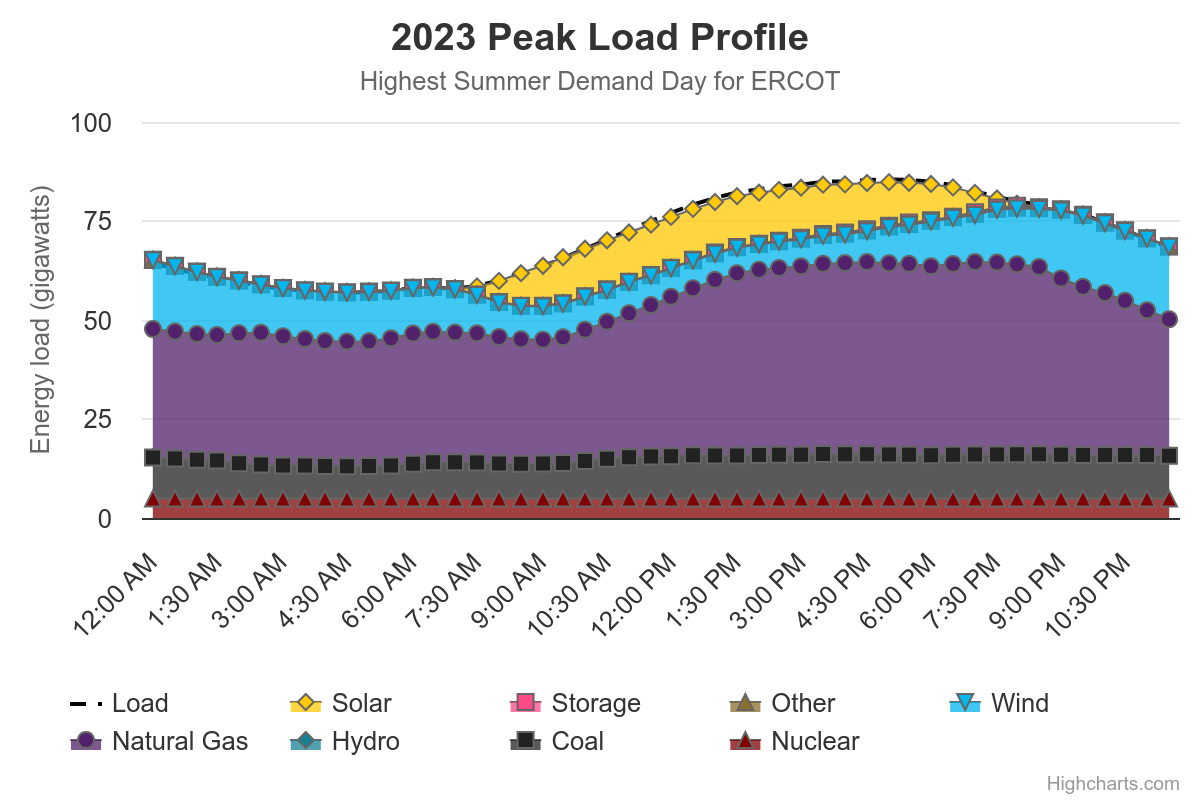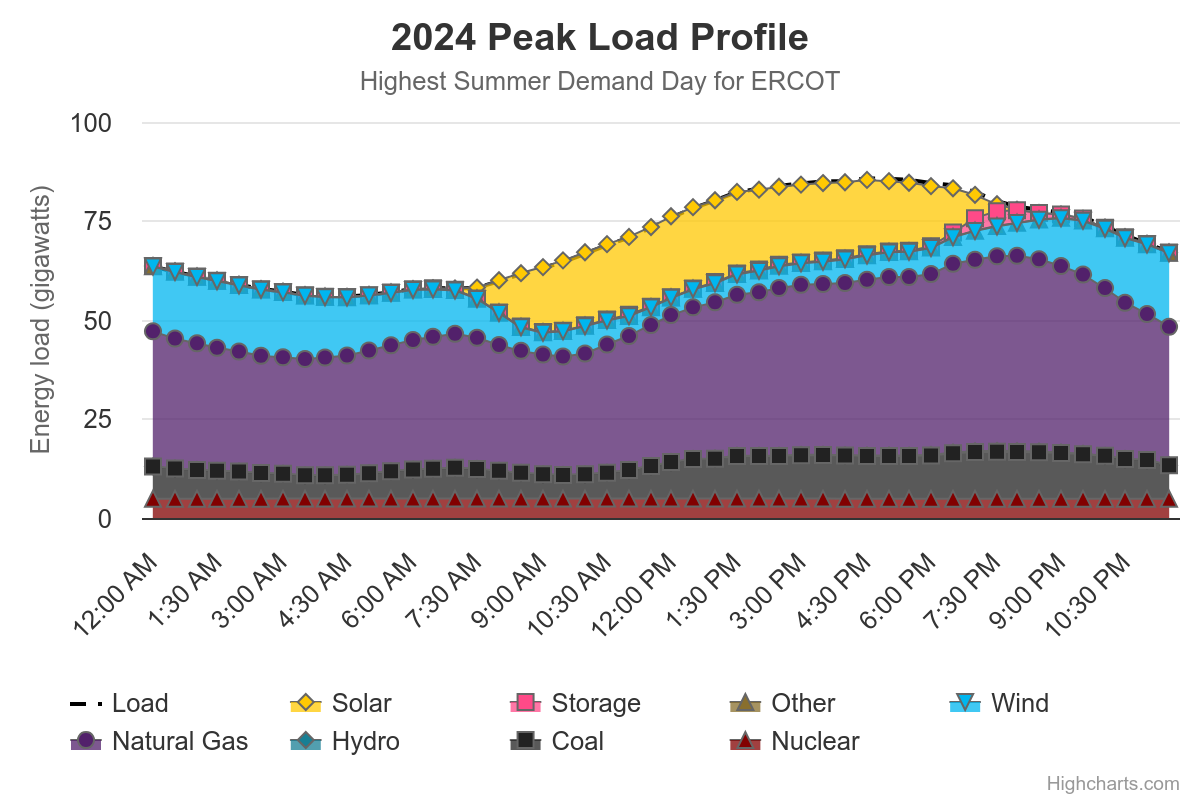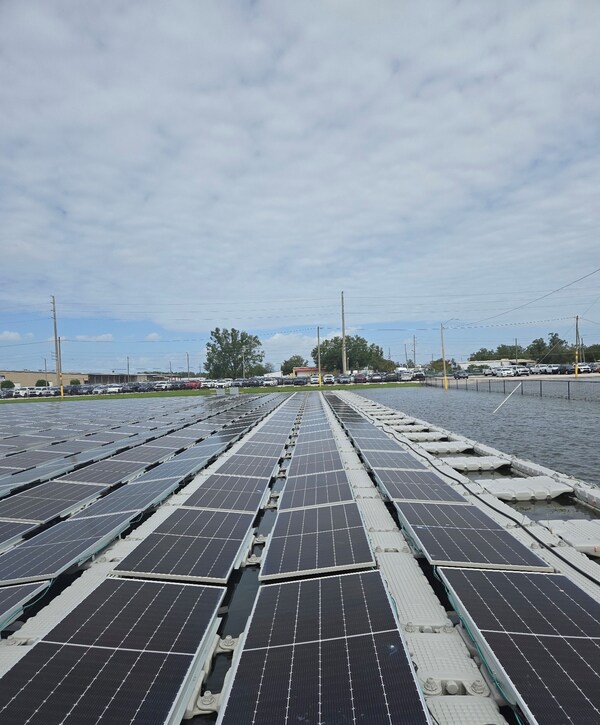
Sign up for daily news updates from CleanTechnica on email. Or follow us on Google News!
The demand for electricity is generally at its peak during summer afternoons, when many people use their air conditioners. Until this year, the bulk power system — the network of generators and transmission lines — met this demand through hydropower and fossil fuel generation. What a shift this past summer was, according to the NREL. Examining the trends, it seems they are certain that the summer of 2024 is one for the power grid history books.
“In summer 2024, grid operators in all regions maintained enough capacity to keep the lights on during periods of peak demand, even as they retired older generators, and an increasing number of regions used more solar and storage to meet peak demand,” said Paul Denholm, senior research fellow at the National Renewable Energy Laboratory (NREL).
Even in areas with a greater likelihood of outages because of extreme temperatures, regions nationwide used more solar and storage to provide enough electricity to keep the lights and air conditioners running throughout the summer.
Now that summer has passed and more data has been obtained, Denholm and his colleagues have put out a new report detailing how the grid operated from June to September.
How Were Grid Operators Able to Do It?

Because it is one of the nation’s fastest-growing regions and had near-record peak demand in 2024, the new report concentrates on ERCOT (Electric Reliability Council of Texas) to analyze summer grid operations. However, it does include operations in other regions as well.
Beginning in early August 2024, Texas saw a lengthy spell of hot weather, with average daily temperatures reaching 102°F. Summer peak demand reached its peak on August 20. Solar generated significant output during peak demand (4:00 to 5:00 pm), accounting for around 18 gigawatts (21%) of total power output. That is more than half of what solar provided during the hour of peak demand on the greatest demand day of summer 2023, as a result of ERCOT adding more solar power to the grid over the last year.


The significant solar output reduced the risk of an outage and the need for other generation to keep the lights on. The solar output also shifted the period of highest risk of outage from the afternoon to later in the evening (around 8:00 p.m.) and shortened the net peak demand period — when other resources need to contribute — to only a few hours. That made it easier for storage with just an hour or two of capacity to help meet peak demand, contributing 3.9 gigawatts.
Storage was also able to recharge thanks to solar and wind. In hot summers like 2024, nighttime demand is also high when storage would normally recharge. Solar generation in the late morning and wind generation overnight this past summer covered more of the off-peak periods, allowing storage to recharge for longer at lower cost.
“The Texas weather really hasn’t changed since last year, but the ERCOT grid has changed,” Denholm said. “Most likely, summer 2024 was a look at future grid operations, and these resources will play a bigger role meeting peak demand.”
Summer 2024 revealed the ability of solar, storage, and wind to supply valuable capacity during summer peak periods in not solely Texas, but also California and New England. More of these resources will be added to the grid in the upcoming years.

In addition to heat, it is undeniable that severe storms are necessary to survive without losing power. The adaptable mooring mechanisms that kept floating solar intact through Hurricane Milton proved to sustain amazingly well. As the floating Mibet solar panels, pounded by the typhoon, remained incredibly buoyant and sturdy, making it through the wild weather with torrential gusts and gigantic waves.


Chip in a few dollars a month to help support independent cleantech coverage that helps to accelerate the cleantech revolution!
Have a tip for CleanTechnica? Want to advertise? Want to suggest a guest for our CleanTech Talk podcast? Contact us here.
Sign up for our daily newsletter for 15 new cleantech stories a day. Or sign up for our weekly one if daily is too frequent.
CleanTechnica uses affiliate links. See our policy here.
CleanTechnica’s Comment Policy




